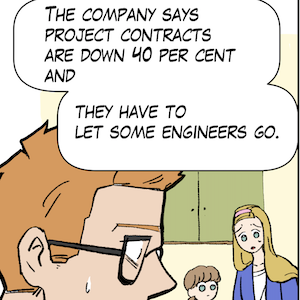Australian inflation rate falling rapidly
Today (August 28, 2024), the Australian Bureau of Statistics (ABS) released the latest – Monthly Consumer Price Index Indicator – for July 2024, which showed that the annual inflation rate has fallen from 3.8 per cent in June to 3.5 per cent in July, a significant decline which continues the downward trend. That trend has been interrupted over the last few years by transitory factors like weather events but it is clear there is not an excessive spending situation present in the Australian economy, which should end all talk of even more aggressive monetary policy (within the mainstream logic). The monthly inflation rate was zero in July even if we look at the All Groups CPI excluding volatile items (which are items that fluctuate up and down regularly due to natural disasters, sudden events like OPEC price hikes, etc). The general conclusion is that the global factors that drove the inflationary pressures are resolving and that the outlook for inflation is for continued decline. There is also evidence that the RBA has caused some of the persistence in the inflation rate through the impact of the interest rate hikes on business costs and rental accommodation.

